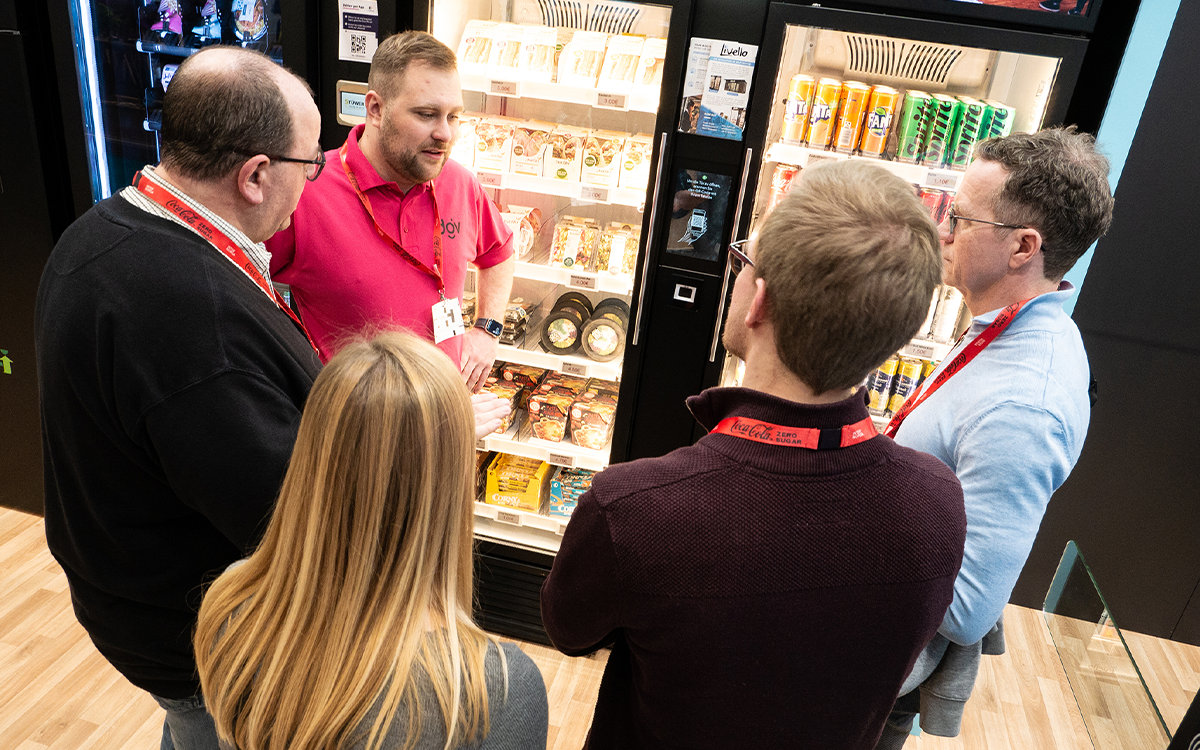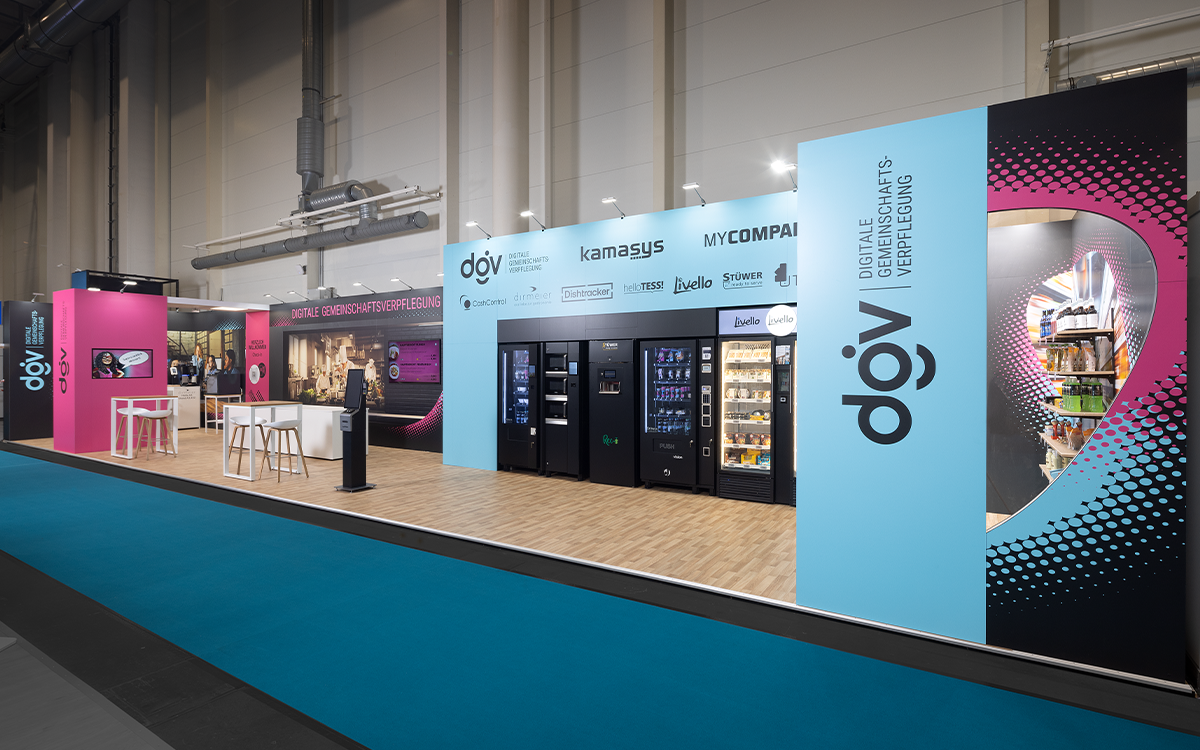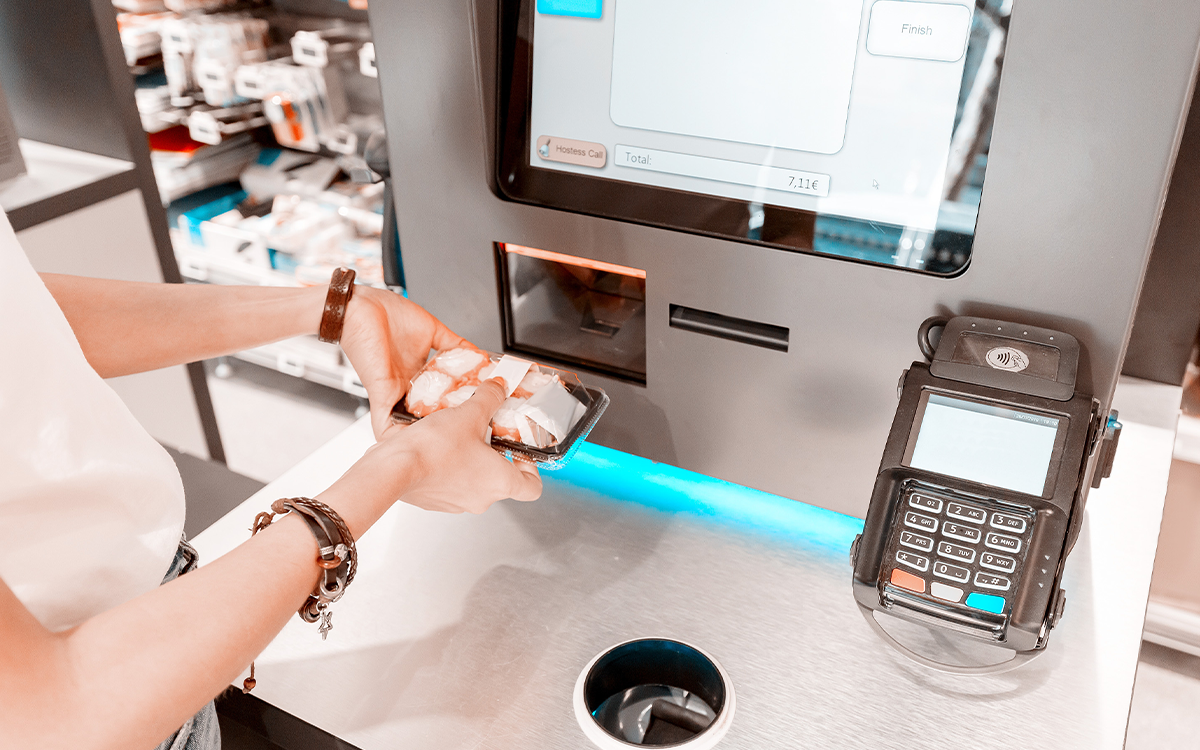Overcoming the staff shortage is currently one of the biggest challenges facing the entire hospitality industry. According to the Federal Statistical Office (2022), the number of employees fell by 23.4 %: Despite an increase last year, the rate is still below the level of the pre-corona year.
In concrete terms, this means that caterers and food service providers had around 5.6% more employees in 2022 than in the previous year, but a good tenth (11.8%) fewer than in 2019.
The problem can quickly lead to a vicious circle: Too few staff - from skilled workers to temporary staff - means that services have to be cut back, workloads increase and businesses become less attractive to potential employees. Overcoming staff shortages is therefore a top priority for many companies!
Causes: The road to misery
To overcome the staff shortage, we need to know the causes. The lockdowns and access restrictions during the coronavirus pandemic were the sad prelude to the exodus, forcing employees to look for new jobs. Many switched to the logistics sector or as cashiers in supermarkets. The pandemic is now over and lockdowns are a thing of the past. But why isn't anyone coming back?
It's the bad image that the restaurant industry has to contend with: poor pay and unfavorable working hours - many former employees don't come back due to "convenience". The pandemic-related job change has shown that other jobs offer a better work-life balance. In addition, the working environment offers little or no great career opportunities or further training options. Young talent also seems to have recognized this: Even before coronavirus, the drop-out rate for trainees was around 50%.
Effects and an emerging vicious circle
Due to the forced lateral entry into other sectors, trained specialists with professional experience are gone and it is almost impossible to find qualified catering staff. This can quickly threaten the existence of businesses - especially in highly competitive urban areas.
A downward spiral begins: too few staff forces operators to make cuts to their service offering or opening hours. This can lead to fewer guests, while at the same time increasing the workload of existing staff. Dissatisfied employees resign (the job market currently offers plenty of alternatives) and a lack of guests means a lack of income - which reduces the scope for innovation.
Solutions for coping
The question remains: How can the staff shortage in the restaurant industry be solved or at least alleviated? There is no quick and easy answer, but some promising solutions have already emerged.
Firstly - and all sectors have this in common - it is important to position yourself as an attractive employer: Appreciation, flexibility and appropriate pay ensure an improvement in the working environment and a better work-life balance. The great advantage of communal catering: Weekend work or shift work in the evening tend to be the exception in company restaurants.
However, digitalization and the resulting opportunities are becoming a game changer when it comes to staff shortages - 3 examples:
-
- Compensating for reduced opening hours with vending machines: When there are too few staff available, operators are often forced to shorten the opening hours of company restaurants. Vending machines are increasingly being used to cater for guests. These can be stocked with the restaurant's regular range of products and, in combination with microwave modules, enable equivalent catering to be provided outside regular opening hours. Bonus: The food vending machines can be stocked according to demand by pre-ordering via app. This increases the predictability of sales and helps to avoid food waste.
- Service robots to relieve staff: Although service robots are still viewed with suspicion in some quarters, they are a key component in overcoming staff shortages. They relieve existing staff from carrying heavy dishes (BellaBot has a load capacity of 40 kg) and reduce walking distances. This gives service staff more time to interact with guests and reduces their physical strain. Service robots therefore help to improve the working environment.
- Self-checkout reduces waiting times: At peak times during the lunch break, long queues quickly form at the checkout in the company restaurant. Fewer staff means fewer staffed checkouts and therefore longer waiting times for guests. Self-checkouts (e.g. using plate scanners) result in a win-win situation. On the one hand, fewer staff are required, despite there being several checkout stations, and on the other, queues are shorter, which in turn leads to increased customer satisfaction.
Conclusion: staff shortages can be solved
As serious as the staff shortage currently is in the food service industry, with the right strategy it can not only be mitigated, but even solved. In addition to more attractive working hours, the great advantage of communal catering compared to conventional restaurants is the opportunities offered by digital transformation: vending machines and self-checkout tills are more widespread and more widely accepted.


